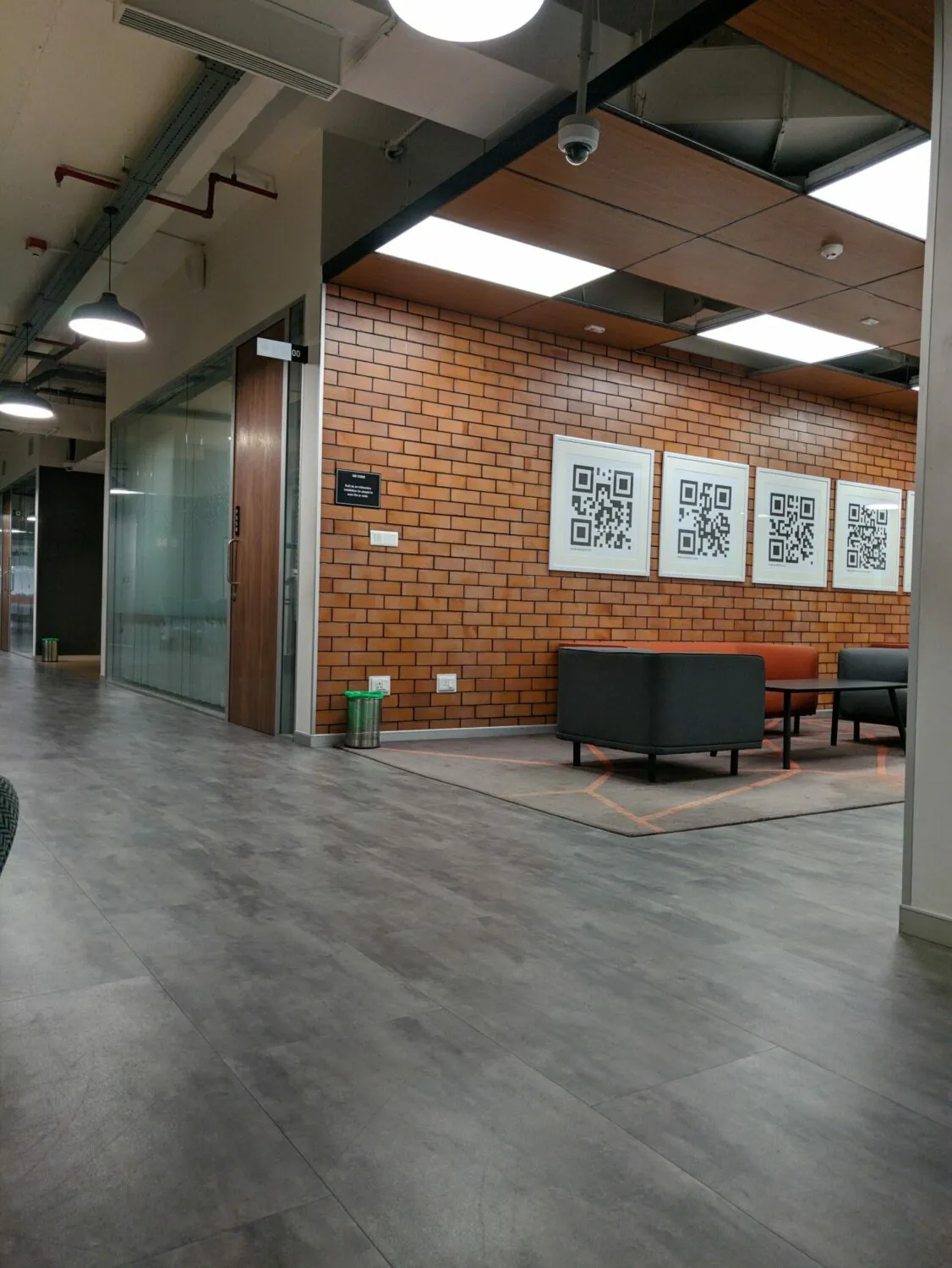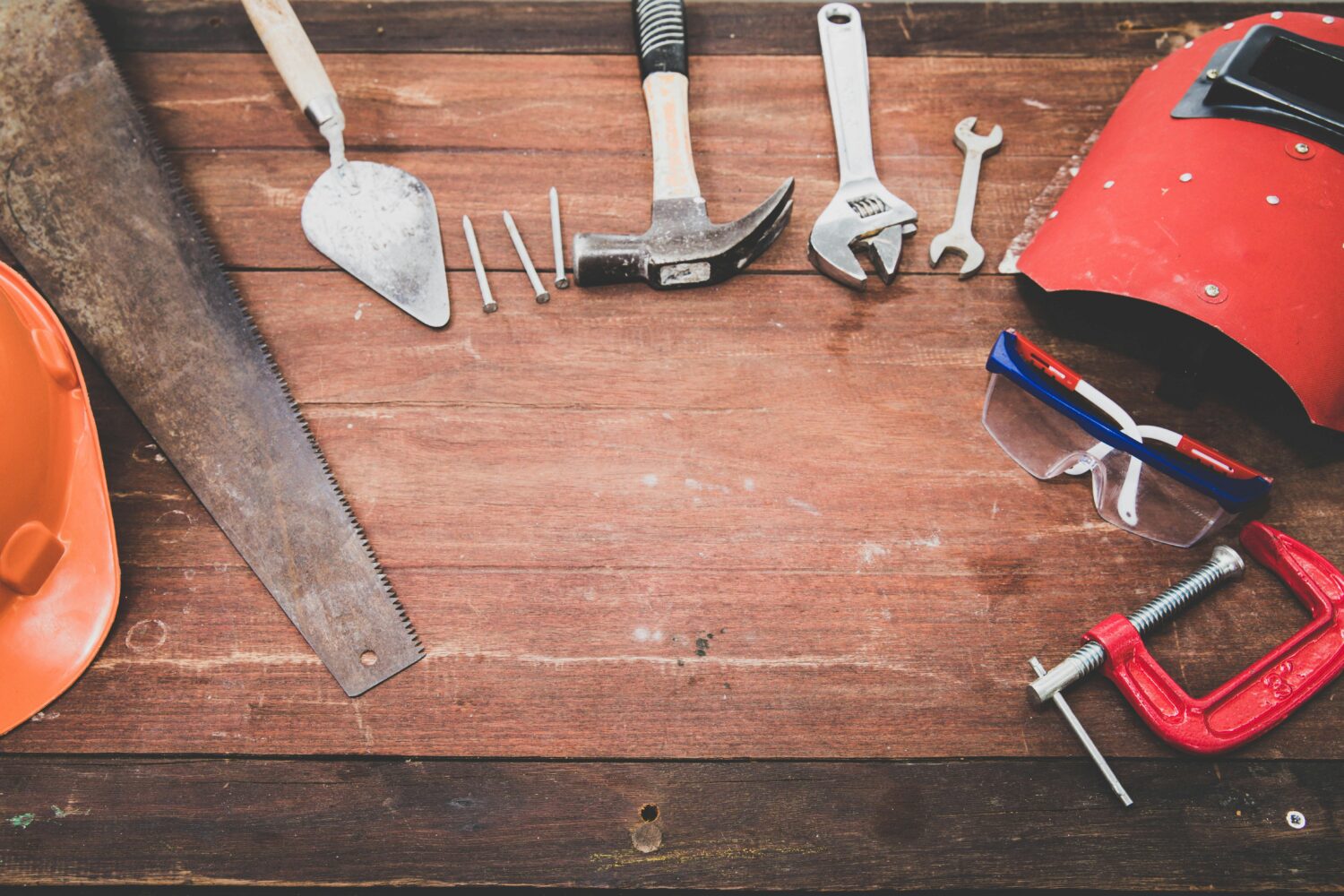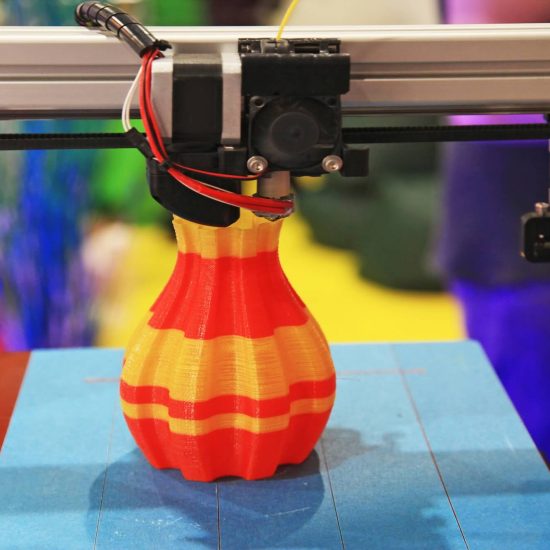ESTABLISHING THE CONTEXT
The first step in the risk assessment framework involves establishing the context of your exhibition stand within the event itself. This means understanding the nature of the event, the profile of attendees, the types of exhibitors and the venue itself. This awareness is crucial because it influences the identification of specific risks your stand might face. For instance, a tech showcase may present more significant technological and data security risks, while a health and wellness expo might prioritise hygiene and physical safety.
Identification of hazards
The identification of hazards is a key step in the risk assessment process, essential for ensuring the safety and security of your exhibition stand. This phase needs a comprehensive approach, where potential risks are identified in all facets of exhibition planning and execution. Here’s a deep dive into identifying hazards, including tangible examples and scenarios to consider.
Physical hazards
Physical hazards are perhaps the most visibly apparent and encompass a range of issues that could cause bodily harm to staff, visitors or damage to property.
- Uneven flooring or loose carpets:These can lead to trips and falls, especially in areas with high foot traffic. Read more about flooring in our comprehensive guide.
- Poorly constructed stands: Exhibition stands that are not properly erected can collapse, posing serious risks to both staff and attendees. Make sure it’s good quality and that your team knows how to construct it, if that’s their job.
- Overhead structures: Low-hanging signs or lights may cause head injuries if not sensibly placed.
- Poor lighting: Dark corners can combine with other risks to create trip or knock hazards. Find out more about lighting here.
- Exposed wires and cables: These not only present trip hazards but also risk electrical shock if they are frayed or not properly insulated and earthed.
- Sharp edges: Unfinished or poorly designed furniture and fixtures may have sharp edges that could cut or scrape.
Health hazards
Health hazards at exhibitions can take many forms, from the spread of diseases to the impact of long hours standing or working in poorly ventilated spaces.
- Spread of infectious diseases: In the context of recent global health concerns, the risk of disease transmission is heightened in crowded spaces.
- Ergonomic risks: Staff members who are on their feet for extended periods without appropriate breaks or footwear may suffer from musculoskeletal injuries or RSI-type conditions.
- Poor air quality or ventilation: This can lead to discomfort or health issues for both staff and attendees, particularly for those with pre-existing respiratory conditions. It’s also a vital tool in minimising airborne diseases.
Security risks
Security risks encompass a broad spectrum of concerns, from physical theft and vandalism to data security breaches.
- Theft or vandalism: High-value items or proprietary information can be targets for theft, and stands might be vandalised in poorly secured event spaces. That’s especially true where events take place over several days and the hall is largely empty overnight.
- Unauthorised access: Areas of the stand with sensitive or business-critical information or expensive equipment may be accessed by unauthorised personnel if not adequately secured.
Technology and data risks
Technology underpins many aspects of modern exhibition stands, from interactive displays to personal data collection, making technological and data risks particularly salient.
- Technology failure: Reliance on technology for presentations or demonstrations means that technical failures can significantly disrupt activities. Have physical backups!
- Data breaches: Collecting personal data from visitors means you have a responsibility to protect that information from unauthorised access or theft.
Environmental hazards
Environmental factors are often overlooked because they’re largely out of your control. But it’s still worth paying some consideration to them, in line with the risk analysis (see below).
- Natural disasters: Depending on the geographical location and season, the risk of natural disasters (e.g. hurricanes or earthquakes) may need consideration.
- Fire hazards: The materials used in constructing exhibition stands, as well as electrical equipment, can pose fire risks if not properly managed.
Assessing the unforeseen
While many hazards can be anticipated through thorough planning and foresight, part of identifying risks is acknowledging and preparing for the unexpected. This might include sudden changes in event protocols, unexpected visitor behaviours or emergencies unrelated to the trade show itself.
Identifying hazards is a multi-faceted process that requires a detailed and anticipatory approach. By considering a wide range of potential risks – from the physical layout of the stand to health, security, technological, and environmental factors – exhibitors can reduce the likelihood of incidents occurring.
This proactive stance not only safeguards the well-being of everyone involved but also protects the investment made in participating in the trade show. That means you can get on with delighting your visitors, which is, after all, the whole point.
Risk analysis
Risk analysis is the critical phase following hazard identification in the exhibition stand risk assessment process. It involves a deeper examination of each identified risk to understand its potential effects, namely:
- how likely it is to happen (probability)
- what the potential impact would be if it did happen (severity)
- how it interacts with other risks (interdependencies).
This understanding informs decision-making, prioritising risks that need immediate action or monitoring. Here’s an exploration into how to conduct a risk analysis for an exhibition stand, with examples.
Probability and severity
The cornerstone of risk analysis is assessing both the likelihood of a risk occurring and the potential severity of its impact. These assessments are typically categorised on a scale (e.g., low, medium, high) or, in more quantitative approaches, assigned numerical values.
- Probability assessment. Here, you’ll consider factors such as the past occurrence of similar hazards, the effectiveness of existing control measures, and any external factors that might influence the risk. For example, an electrical fault leading to a fire might be considered low probability if your stand uses state-of-the-art, well-maintained equipment, but this could be higher in a venue with historical wiring issues.
- Severity assessment: This considers the worst-case scenario outcome of a risk materialising. For instance, a data breach might have a high severity rating due to potential legal repercussions and reputational damage, even if its probability is low due to robust cybersecurity measures.
- Interdependencies and compound risks. Risks do not exist in isolation but can influence and compound each other. For example, the risk of technological failure might be directly related to the risk of negative visitor experience or reduced lead generation. Recognising these interdependencies is crucial for comprehensive risk mitigation strategies.
Risk Matrix
A commonly used tool in risk analysis is the risk matrix. This helps in visualising both the probability and severity of each risk. It helps prioritisation by identifying which risks have both high likelihood and high impact. For example, if trip hazards due to loose cabling are both likely and potentially severe (leading to personal injury claims), they should be addressed as a priority.
The risk matrix is usually presented as a kind of table, with high/medium/low probabilities in the up/down direction, and high/medium/low impacts in the left/right direction. You can assess the impact and probability of all the risk elements listed above, and enter them into the relevant boxes.
You might want to give a score for each box (e.g. high/high = 10; high/medium = 7; low/low = 1 etc.) and tackle the highest risks first. (See “quantitative analysis” below.) Adding up the scores can also give you an overall risk rating, which is a good tool for continuous improvement.
Qualitative vs Quantitative Analysis
“Qualitative analysis” uses descriptive scales to assess and prioritise risks. It’s useful for its simplicity and is often sufficient for smaller exhibitions or those with fewer complex risks. For example, you might categorise the risk of staff illness impacting the exhibit as “medium” based on current health trends.
“Quantitative analysis” involves numerical data and statistical methods, and might be used for larger exhibitions or where precise risk calculations are necessary. For instance, calculating the potential financial loss from a technology failure might involve analysing the cost of replacement, potential downtime and lost sales opportunities.
Scenario Analysis
Scenario analysis explores specific “what if?” scenarios in depth, assessing how particular risks could unfold and their potential impacts. This method helps identify vulnerabilities and prepares the team for a broad range of possibilities.
For example, running a scenario where a key piece of technology fails during a live demonstration could highlight the need for immediate on-site technical support or backup systems.
Risk analysis equips businesses with a detailed understanding of each identified risk’s nature and magnitude, from which risk mitigation naturally follows. This approach not only ensures a safer exhibition stand, but also supports the overall success of the stand by preventing disruptions and safeguarding your brand’s reputation.
Risk Evaluation
Risk evaluation further refines the process by comparing the level of risk found during the analysis phase against predetermined risk criteria. These criteria set the thresholds at which risks become unacceptable, tolerable or negligible.
This step often involves consideration of legal requirements, industry standards and organisational policies related to health and safety, security and operational continuity. It helps you make informed decisions about which risks need immediate action and which can be dealt with over time.
Implementing Mitigation Strategies
Based on the evaluation, specific strategies can be developed and implemented to mitigate identified risks. This might include:
- redesigning the stand to avoid physical hazards
- employing additional security measures
- investing in technology backups
- instituting health and safety protocols.
Effective mitigation often requires a mix of preventative measures (to stop something from happening) and contingency planning (preparing for what to do if something goes wrong). It’s good to get as many team members involved here, especially those who will be manning the stand, as they’ll be the first to know when something is amiss.
Monitoring and Reviewing
Finally, an ongoing process of monitoring and review is vital. The risk landscape can change rapidly, with new hazards emerging and existing risks evolving. Continuous monitoring ensures that any new threats are identified and assessed promptly. Regular reviews of the risk assessment process itself help to refine and improve it over time. This agility is particularly important in the fast-paced environment of a trade show.
Cover All Bases
Understanding the framework of risk assessment is not just about preventing potential disasters; it’s a strategic approach that enhances the overall performance and outcomes of your exhibition stand. By identifying, analysing, evaluating and mitigating risks, you can not only ensure the smooth running of your stand but also create a more engaging and enjoyable experience for everyone involved. In the dynamic landscape of trade shows and exhibitions, a robust framework for risk assessment is not just beneficial; it’s essential.











































































